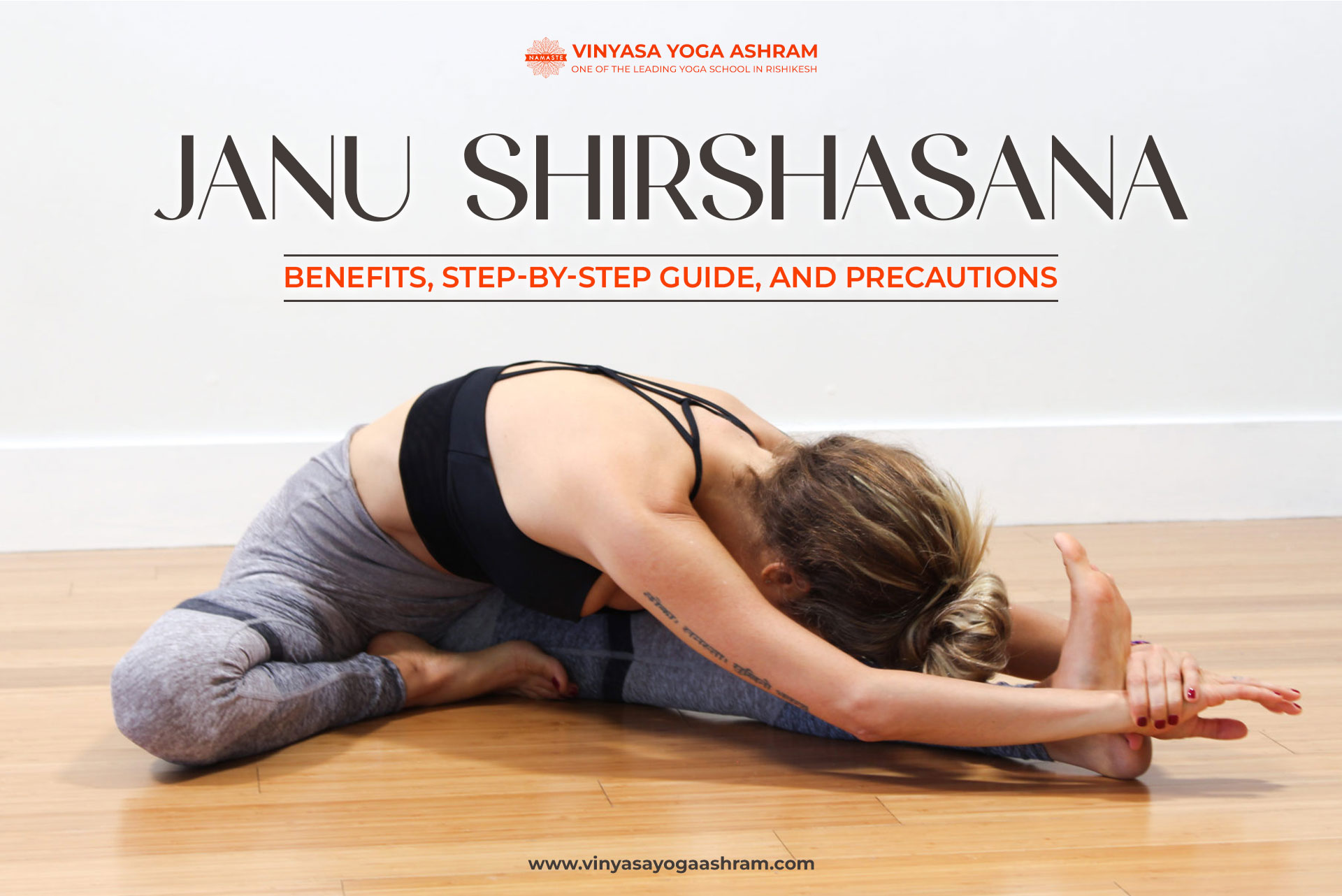
Janu Shirshasana, also known as Head-to-Knee Pose or Head-to-Knee Forward Bend, is a seated yoga asana that offers numerous physical and mental benefits. This asana is often included in hatha and vinyasa yoga practices and is known for its deep stretching and calming effects.
In yoga, each asana is believed to have physical, mental, and spiritual dimensions. Here are a few philosophical interpretations that can be associated with Janu Shirshasana:
- Humility and Surrender: The act of bowing your head to your knee in Janu Shirshasana symbolizes humility and surrender. It represents the willingness to let go of ego and the need for control. By surrendering to the pose, you cultivate a sense of surrender in life, letting go of attachment and embracing the present moment.
- Self-Reflection and Introspection: Janu Shirshasana encourages introspection and self-reflection. As you fold forward and direct your attention inward, it offers an opportunity to explore your inner self, thoughts, and emotions. It can be seen as a metaphor for going inward, delving into the depths of your being, and gaining self-awareness.
- Union of Opposites: In Janu Shirshasana, there is a balance between the extension of one leg and the bending of the other. This balance reflects the yoga philosophy of uniting opposites, such as strength and flexibility, effort and surrender, yin and yang. It reminds us of the interconnectedness and harmony of opposing forces within ourselves and in the world.
- Patience and Persistence: Janu Shirshasana requires patience and persistence to deepen the pose over time. It teaches us to embrace the process rather than focusing solely on the end result. The practice of staying present and patient in the pose can be applied to various aspects of life, encouraging perseverance and resilience.
How to perform Janu Shirshasana?Top of Form
To perform Janu Shirshasana (Head-to-Knee Pose), you can follow these step-by-step instructions:
- Start by sitting on the floor with your legs extended straight in front of you.
- Bend your right knee and bring the sole of your right foot to the inner side of your left thigh. The right heel should be close to your perineum.
- Keep your left leg straight and grounded, with the foot flexed and your toes pointing upward.
- Sit up tall and align your torso over your extended left leg, ensuring your spine is straight.
- Inhale deeply and as you exhale, slowly begin to fold forward from your hips, leading with your chest.
- Reach your arms forward and lengthen your spine as you continue to fold.
- As you fold forward, aim to bring your forehead or the crown of your head toward your left knee. You can also reach for your left foot or ankle with your hands.
- Be mindful of keeping both hips grounded on the floor. If your right hip lifts, you can place a folded blanket or bolster underneath it for support.
- Find a comfortable edge where you feel a deep stretch in the back of your left leg and maintain that position.
- Breathe deeply and hold the pose for 30 seconds to 1 minute, or longer if it feels comfortable.
- To come out of the pose, slowly release the forward fold, inhale, and return to an upright seated position.
- Repeat the same steps on the other side, bending your left knee and bringing the sole of your left foot to the inner side of your right thigh.
Preparatory postures for Janu Shirshasana
Before practicing Janu Shirshasana, it’s beneficial to prepare your body with some warm-up exercises and preparatory postures. Here are a few poses that can help prepare you for Janu Shirshasana:
- Baddha Konasana (Bound Angle Pose): Sit on the floor with the soles of your feet together and your knees bent out to the sides. Hold your feet or ankles, and gently flap your knees up and down like butterfly wings. This pose helps open the hips and groin, preparing them for the forward fold in Janu Shirshasana.
- Supta Padangusthasana (Reclining Hand-to-Big-Toe Pose): Lie on your back and extend your right leg up towards the ceiling. Loop a strap or towel around the ball of your right foot and hold the ends of the strap with your hands. Gently guide your leg towards your torso, keeping the other leg extended on the ground. This pose stretches the hamstrings and prepares them for the deeper stretch in Janu Shirshasana.
- Uttanasana (Standing Forward Bend): Stand with your feet hip-width apart and fold forward from your hips, reaching towards the ground. Let your upper body hang and relax, allowing gravity to gently stretch your hamstrings and release tension in the spine. Uttanasana is a standing variation of the forward fold in Janu Shirshasana and helps to lengthen the posterior chain of muscles.
- Ardha Hanumanasana (Half Splits Pose): From a kneeling position, extend one leg forward and keep the other knee on the ground. Slowly slide your front foot forward, straightening your leg as much as comfortable. Flex your foot and keep your hips aligned. This pose provides a deep stretch to the hamstrings and prepares them for the forward fold in Janu Shirshasana.
These preparatory postures help warm up the relevant muscles and joints, improve flexibility, and create the necessary foundation for Janu Shirshasana.
Benefits of Janu ShirshasanaTop of Form
- Stretches the Hamstrings: Janu Shirshasana deeply stretches the hamstrings, which are located at the back of the thigh. Regular practice can help increase flexibility in the hamstrings, reducing tension and tightness in this area.
- Opens the Groin and Hips: This asana also opens up the groin and hips, providing a gentle stretch to the inner thighs and hip flexors. It can help improve hip mobility and alleviate stiffness in the hip area.
- Lengthens the Spine: The forward folding motion in Janu Shirshasana elongates the spine and releases tension in the back. It can help improve posture, relieve lower back pain, and increase overall spinal flexibility.
- Calms the Mind: Janu Shirshasana has a calming effect on the mind and nervous system. The forward fold and focus on the breath help to quiet the mind, reduce stress, and promote relaxation.
- Enhances Digestion: The compression of the abdomen in this pose can stimulate the digestive organs, helping to improve digestion and alleviate digestive issues.
- Improves Concentration and Focus: Practicing Janu Shirshasana requires concentration and mindful awareness. Regular practice can enhance mental focus, concentration, and present-moment awareness.
- Cultivates Self-Acceptance and Patience: As Janu Shirshasana requires a gradual progression in flexibility, it can teach you patience, self-acceptance, and the ability to work with your body’s limitations without judgment.
- Stimulates Energy Flow: The forward fold in Janu Shirshasana stimulates the flow of prana (energy) in the body, promoting a sense of vitality and rejuvenation.
- Promotes Mind-Body Connection: This asana encourages a deep connection between the mind and body, fostering a sense of unity and harmony within oneself.
Precautions for Janu Shirshasana
- Avoid Overstretching: It’s essential to respect your body’s limitations and avoid overstretching. Do not force yourself into a deep forward fold if it causes discomfort or pain. Instead, focus on maintaining proper alignment and gradually work towards increasing your flexibility over time.
- Knee and Hip Injuries: If you have knee or hip injuries, be cautious while practicing Janu Shirshasana. You can modify the pose by placing a folded blanket or bolster under the bent knee or avoid bending the knee too deeply. Consult with a qualified yoga instructor or healthcare professional for modifications and guidance specific to your condition.
- Lower Back Issues: Individuals with lower back issues, such as herniated discs or sciatica, should approach Janu Shirshasana with caution. Avoid rounding the lower back excessively during the forward fold and focus on maintaining a long and neutral spine. If necessary, perform the pose with the guidance of a knowledgeable yoga instructor or consider alternative poses that are more suitable for your condition.
- Pregnancy: Pregnant women should avoid deep forward folds like Janu Shirshasana, especially during the second and third trimesters. It’s advisable to consult with a prenatal yoga instructor for suitable modifications or alternative poses that are safe during pregnancy.
Vinyasa Yoga Ashram’s Yoga Teacher Training Course will help you to go deep into these postures under the guidance of our knowledgeable and expert gurus. Join our upcoming batch of TTC in Rishikeh.

